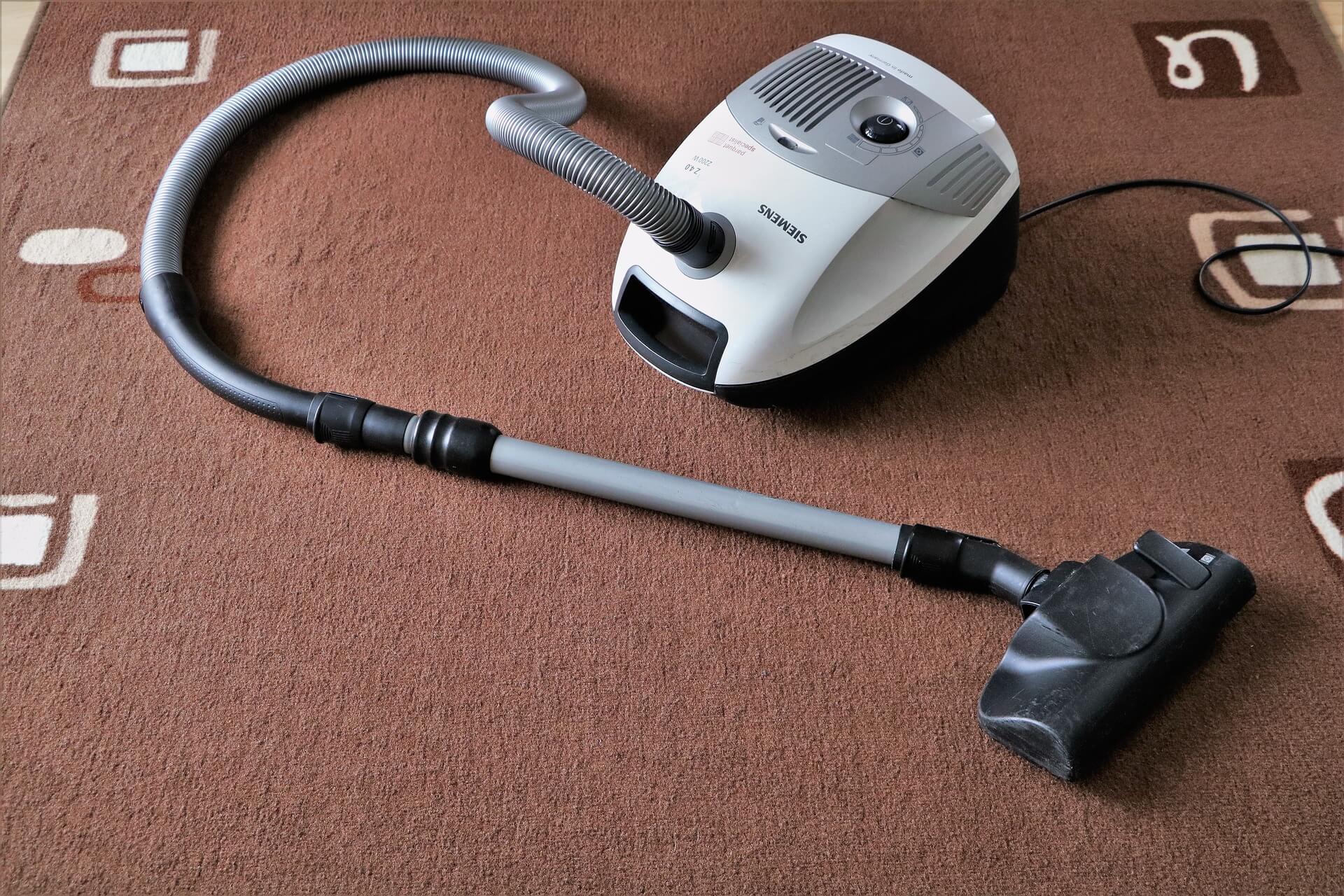Traditionally, the garage is used for parking your cars. However, even though it can definitely be great for shielding your vehicles from the elements, there are plenty of other things that you can do with this part of your home as well. These are a few ideas that you can try.
Read also: Will Self-Driving Cars Replace Human Error?
1. Use it as a Workshop
One great use for your garage is to use it as a workshop. If you like woodworking, for example, your garage can provide you with the perfect space to keep your tools tidy and organized and to work on your projects. This makes it easy for you to work indoors without having to drag the mess into your actual house.
2. Create a Game Room
Has your family always wanted a game room? You don’t have to build an addition to your home to make this happen; instead, you can use your garage for this purpose instead. Your garage probably has ample space for a pool table or for other types of game tables, such as for air hockey or Foosball. You can also hang up a dartboard, install a stereo system and otherwise turn the area into a comfortable place for hanging out with family and friends.
3. Make a Play Area for Your Kids
If your kids have a lack of space for playing, you can turn your garage into a safe place for them to do so. You will probably need to take some steps first, however, to ensure that it isn’t dangerous. For example, you’ll probably want to disable the garage door so that it cannot be opened, remove any dangerous tools, and put down rubber mats to help cushion any falls. If you take these steps, however, the garage can actually make for a nice, spacious play area for your children, and it can allow you to store books and toys outdoors so that they aren’t cluttering up your home. Plus, your little ones can play to their hearts’ content, and you won’t have to worry about their messes being on display inside your home for everyone to see.
4. Store Out-of-Season and Rarely-Used Items
If you are like a lot of people, your home might be cluttered with out-of-season and rarely-used items. You might not want to get rid of these items, since you might need them later, but you probably don’t want them in the way inside your home. Luckily, your garage can be perfect for storing stuff.
For example, you can store your suitcases and other items that you only use when you travel, or you can pack up seasonal clothing like coats and sweaters and only bring them into the house when it’s seasonally appropriate to do so. Additionally, you can store holiday decorations, outdoor items and other things that you only need to use every now and then. Then, these items will be out of the way but will be easy to access when you need them.
5. Create a Craft Room
If you’re really into crafting, you might wish that you had a dedicated space for your crafts. Luckily, your garage can function perfectly for this purpose. You can set up a nice craft table that you can use for making things, and you’ll have more than enough space to stash fabric, ribbons, glue guns and anything else that you might need for crafting purposes.
As you can see, there are tons of uses that you can use your garage for rather than just using it to park your vehicles. If you’d like to maximize the space that is available for you and your family and would like to customize your home so that it properly suits your family’s needs, following these tips can help.






















